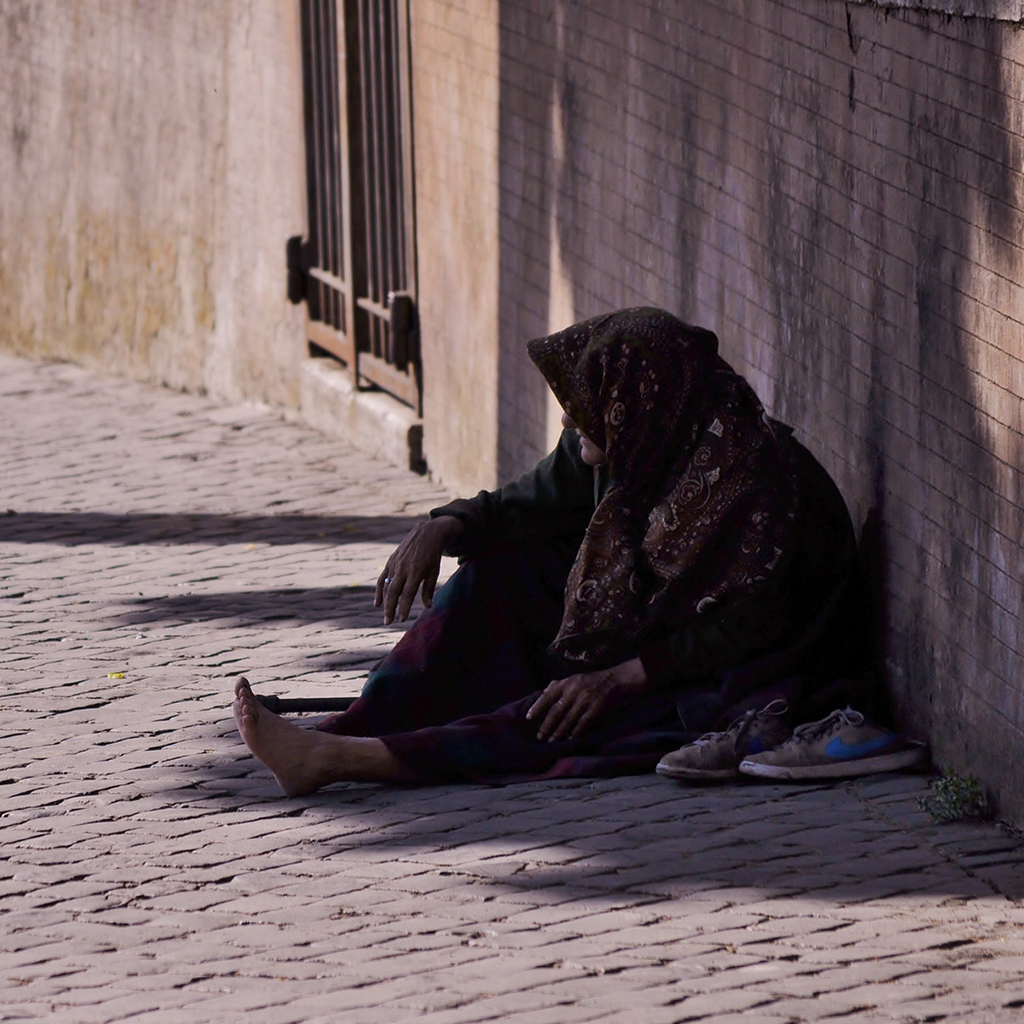Last year the IAPB and WHO released the latest figures for world blindness. The good news is the world blindness numbers have turned downward. There previously had been rather depressing predictions for future blindness rates [ stats ] especially in the developing world due to the increasing world population and the exploding number of persons over age 60 in low and middle income countries. Currently 90% of all blindness is in the developing world.
There has been many reasons for the down turn in world blindness rates: the efforts of WHO, IAPB, Vision 2020 The Right To Sight, national and international ophthalmic NGO’s, a strong ophthalmic commitment by many developing countries and their Ministries of Health, internet and cell phone availability [ access ], ICO, AAO [ ONE ], the Community Eye Health Journal and other publications targeting eye care in developing countries, at long last the widespread available [ dosing ] of ivermectin for onchoceriasis and of zithromycin for trachoma, the impressive developing – world reduction in measles cases and deaths [ therefore decreased xerophthalmia ], ophthalmic twinning programs at the eye department level, international volunteers, and obviously the dedicated and increasing numbers of front line eye health care providers in the developing world.
One factor that is sometimes overlooked is the improvements in the economic situation in many low income and middle income countries. Over the last 20 years for various reasons many of the poorest of the poor countries have made a small step forward in their economic development.
There are many examples of how poverty and blindness are tied together. Primary health care, primary eye care, and the reduction / prevention of blindness are often fellow travelers.
More people [ rural and urban ] now having a secure safe drinking water source has resulted in better saniation for hundreds of thousands of small kids. This has resulted in fewer kids dying of pneumonia, diarrhea, and xerophthalmia [ an ophthalmic manisfestation of starvation ]. Simply washing with water the face, medial canthal areas, and nostrils daily will result in a decreased incidence of trachoma — hold the soap, hold the towel. This was shown years ago by Hugh Taylor in Mexico and Sheila West in Tanzania.
With a slight improvement in a country’s infrastructure [ transportation, access, communications, etc. ] the cataract surgical rate [ CSR ] increases. With a slight increase in human resources [ ophthalmic surgeons, nurses, technicians, etc. ] the possibility of not dying blind, due to bilateral dense cataracts, improves.
The World health Organization previously has rated the most cost effective health interventions looking at all medical and surgical possibilities. Obviously immunizing young kids is high on the list. What is also in the first tier is cataract extraction. Great bang for your health care bucks. By restoring sight to a blind person in a developing country, good things happen not only for that individual [ patient ] but also to that family unit and sometimes even to that community or rural village. Instead of having a visually disabled person to feed and clothe there is now one more functioning adult in the family. Therefore the kids or grandkids are now more likely to be vaccinated, to stay in school longer, and less likely to develop xerophthalmia or other blinding conditions.
By reducing the amount of blindness secondary to trachoma and onchoceriasis WHO, UNICEF, IMF, etc. have significantly improved the economic situation in many developing countries. Of course the reverse is also true, by simply improving the economic situation in developing countries the prevalence of blindness secondary to leprosy, measles, xerophthalmia, trachoma, and onchoceriasis has dropped. Sometimes dramatically. Over the years this has been shown in many Middle East, subSaharan African, and Asian countries.
So yes, there is a correlation between blindness and poverty. The tremendous efforts of many persons and organizations have resulted in less poverty and less blindness. There’s a lot still to be done but we are on the correct road. Travel well.
Baxter McLendon MD

